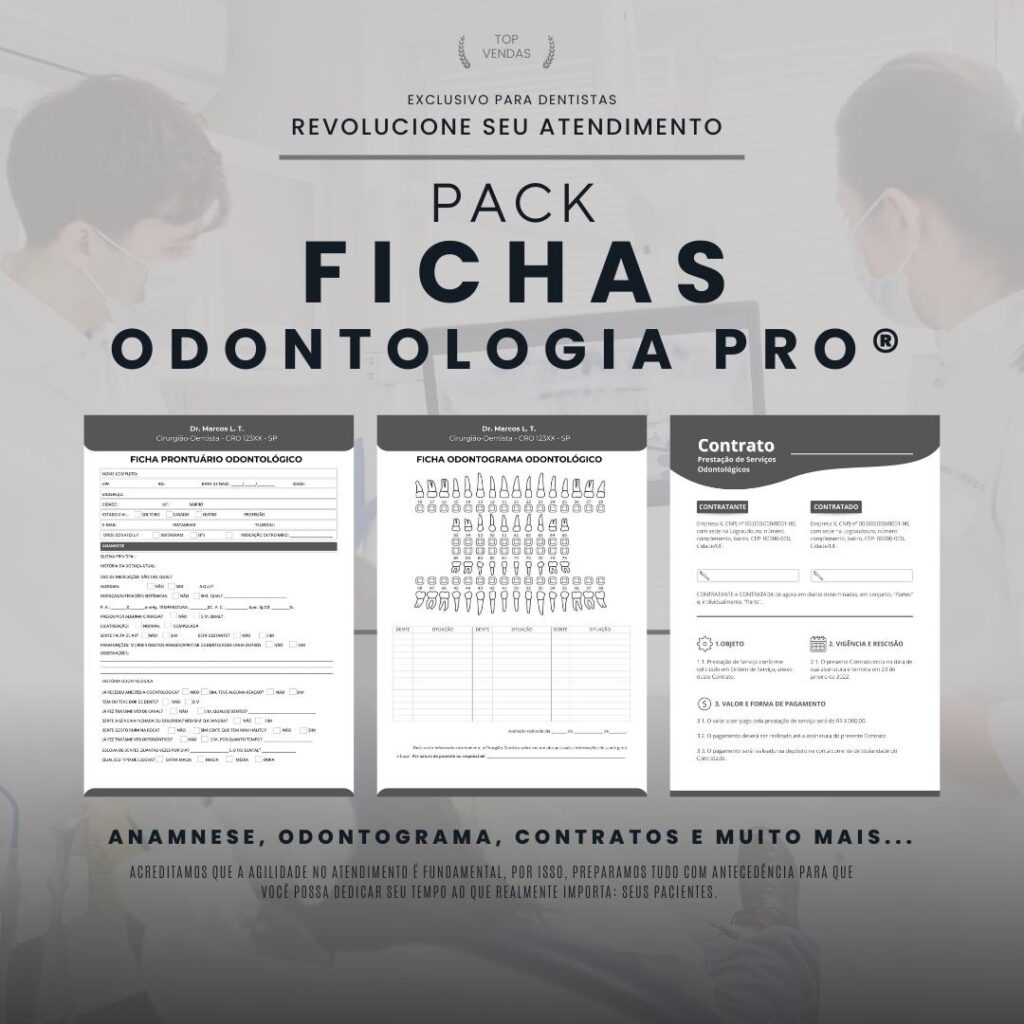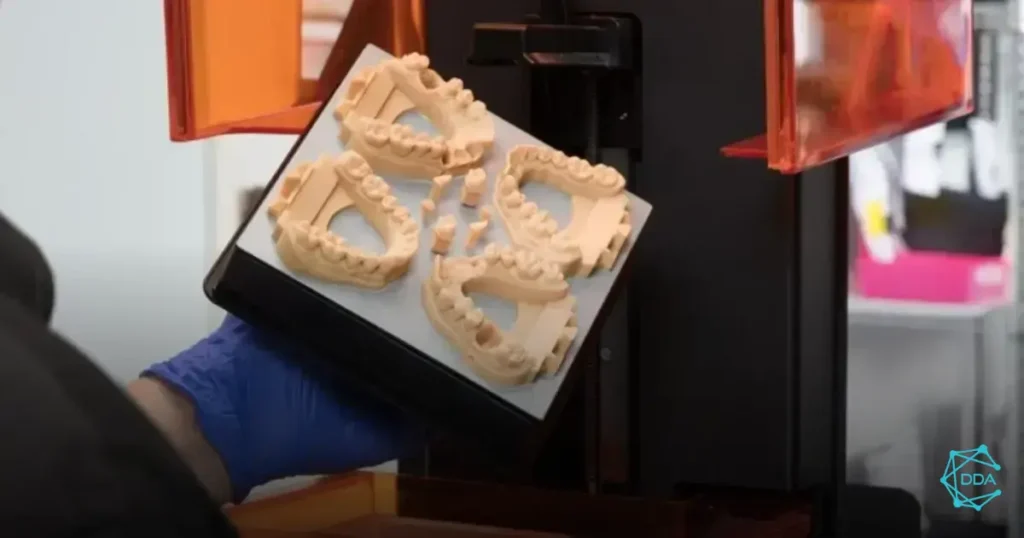The dental record is an essential document for the professional practice of dentists. It contains detailed information about the patient's oral health history, allowing a better understanding of their current condition and assisting in appropriate diagnosis and treatment. In this article, we will explore the main aspects related to the dental record and its importance in the context of dentistry. We will also address the items that are normally found in this document, as well as their usefulness in clinical routine.
1. What is a dental record?
The dental record is a form that contains relevant information about the patient, related to their oral health. This information is collected through an initial interview and updated over time as new treatments are carried out. The dental record is considered a confidential document and must be treated professionally, ensuring the privacy and security of patient information.
2. What information is present in a dental record?
A dental chart may vary by clinic and dentist, but generally includes the following items:
– Personal data: Full name, date of birth, address, telephone number, email, among others.
– Anamnesis: Complete medical history of the patient, including allergies, health problems, medications in use, chronic diseases, among others.
– Dental history: Information about previous treatments, surgeries, extractions, restorations, root canal treatment, use of prostheses, among others.
– Clinical examination: Assessment of the current state of the patient's oral health, including a detailed description of the dentition, gums, tongue, oral mucosa, presence of cavities, tartar, inflammation, among others.
– Complementary exams: Results of imaging exams, such as x-rays and tomography scans, in addition to other specific exams depending on the patient’s needs.
– Treatment plan: Record of necessary interventions, including the stages of treatment, which procedures will be carried out, estimated deadlines, among others.
3. The importance of the dental record
The dental record is extremely important for the dentist, as it provides crucial information for an accurate diagnosis and adequate treatment planning. Furthermore, it allows the monitoring of changes in the patient's oral health over time, contributing to the evaluation of the effectiveness of the treatments carried out.
4. How is the dental record used in clinical routine?
The dental form is completed at the time of the first consultation, when the patient is interviewed and the clinical examination is carried out. Using this information, the dentist can establish a diagnosis and a personalized treatment plan. During subsequent appointments, the dental record is updated with relevant information, such as new interventions carried out, treatment progress and records of the patient's progress.
5. Legislation and confidentiality of information
The dental record is a document protected by secrecy and confidentiality laws. The dentist is responsible for ensuring the security and privacy of the information contained in the patient's file, following the guidelines set out in legislation, such as the Dental Code of Ethics.
6. The digital evolution of the dental record
With the advancement of technology, many clinics and dental offices are adopting digital systems for filling out, storing and accessing dental records. This evolution brings advantages such as greater agility and security in handling and sharing information, in addition to the possibility of integration with other clinical management systems.
7. Conclusion
The dental record is a fundamental instrument for the dentist, as it provides complete and updated information about the patient's oral health history. Its correct completion and use guarantee efficient and safe care, assisting in diagnosis and appropriate treatment. Therefore, it is essential that dental professionals value and properly use the dental record in their clinical routine.
I hope this article has clarified the importance of the dental record and how it is used in the dentist's routine. Remember to always update and protect the information contained in this document, ensuring patient privacy and confidentiality.







